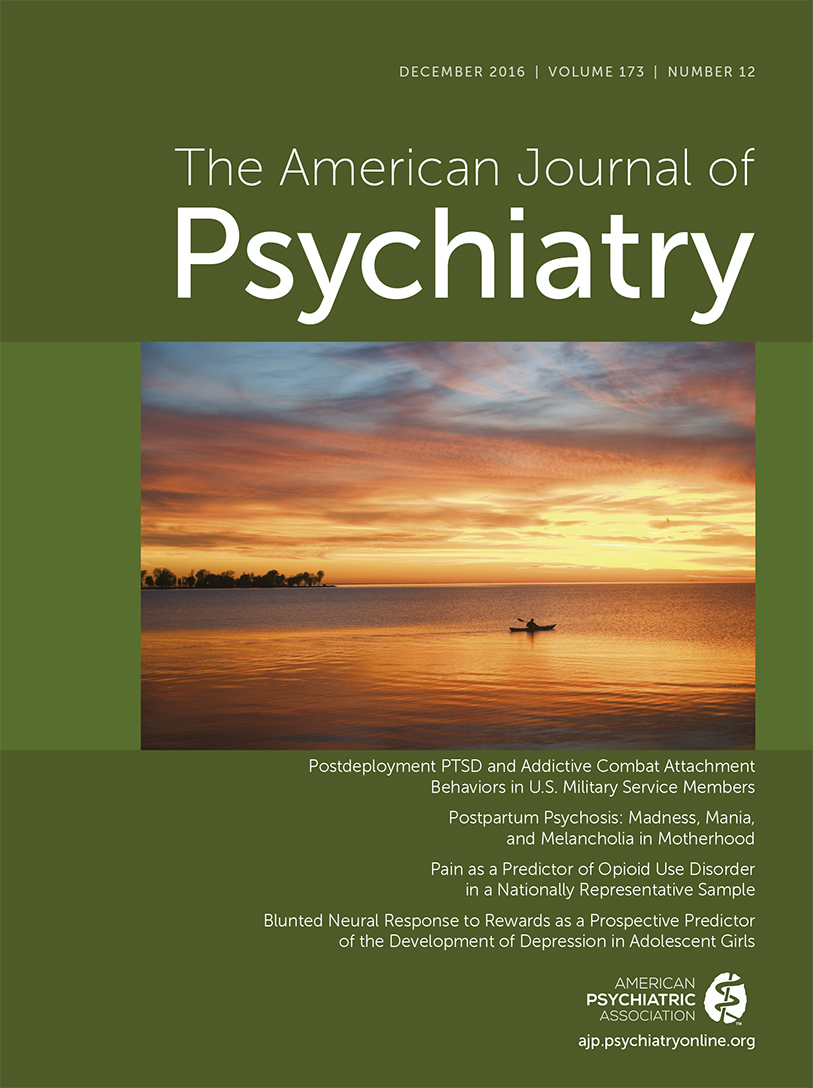A Longitudinal Study of Adjustment Disorder After Trauma Exposure
Abstract
Objective:
Adjustment disorder has been recategorized as a trauma- and stressor-related disorder in DSM-5. The aim of this study was to determine the prevalence of adjustment disorder in the first 12 months after severe injury; to determine whether adjustment disorder was a less severe disorder compared with other disorders in terms of disability and quality of life; to investigate the trajectory of adjustment disorder; and to examine whether the subtypes described in DSM-5 are distinguishable.
Method:
In a multisite, cohort study, injury patients were assessed during hospitalization and at 3 and 12 months postinjury (N=826). Structured clinical interviews were used to assess affective, anxiety, and substance use disorders, and self-report measures of disability, anxiety, depression, and quality of life were administered.
Results:
The prevalence of adjustment disorder was 19% at 3 months and 16% at 12 months. Participants with adjustment disorder reported worse outcomes relative to those with no psychiatric diagnosis but better outcomes compared with those diagnosed with other psychiatric disorders. Participants with adjustment disorder at 3 months postinjury were significantly more likely to meet criteria for a psychiatric disorder at 12 months (odds ratio=2.67, 95% CI=1.59−4.49). Latent-profile analysis identified a three-class model that was based on symptom severity, not the subtypes identified by DSM-5.
Conclusions:
Recategorization of adjustment disorder into the trauma- and stressor-related disorders is supported by this study. However, further description of the phenomenology of the disorder is required.



